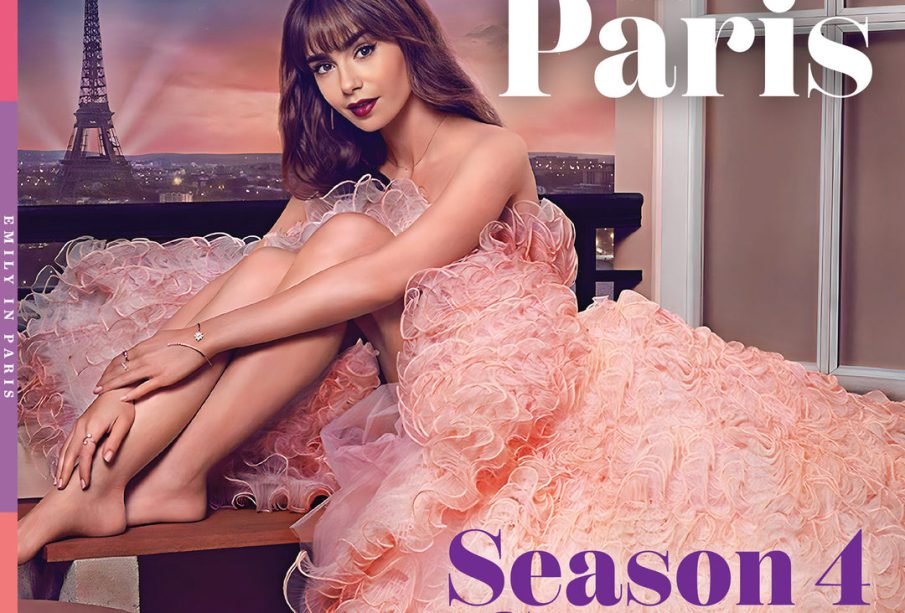The Global Influence of ‘Emily in Paris’

Introduction
‘Emily in Paris’ is a popular Netflix series that premiered in October 2020, capturing the hearts of viewers around the globe. The show’s blend of romance, fashion, and stunning Parisian landscapes has not only made it a guilty pleasure for many but has also sparked discussions about cultural representation and tourism in France. With its recent third season release, it’s essential to explore its relevance and impact on audiences and industries alike.
The Show’s Premise and Reception
The series follows Emily Cooper, a young marketing executive from Chicago, who relocates to Paris for a job opportunity. Despite facing cultural clashes and personal challenges, Emily’s adventures are filled with vibrant characters and visually captivating scenes that showcase the glamour of Paris. Critics have noted the show’s formulaic approach, but its charm lies in its escapism and uplifting narrative, garnering a committed fan base that eagerly anticipates each season.
Fashion and Cultural Influence
One of the most significant aspects of ‘Emily in Paris’ is its impact on fashion. Costumer designer Patricia Field, known for her work on ‘Sex and the City’, has expertly curated Emily’s wardrobe, leading to a surge in interest for the brands featured on the show. Online searches for specific outfits have skyrocketed, and fashion retailers have reported increased sales of items similar to those worn by the protagonist. The show has undeniably influenced global trends, making Paris a focal point for style enthusiasts.
Tourism Boost for Paris
Moreover, ‘Emily in Paris’ has sparked a tourism boom for the city. The picturesque locations featured in the show, such as cafes, shops, and landmarks, have become popular destinations for fans eager to experience the charm of the series first-hand. Local businesses have reported an influx of visitors, and guided tours centered around the series have emerged, highlighting the show’s tangible impact on the Parisian economy.
Conclusion
‘Emily in Paris’ continues to resonate with audiences as it combines fashion, culture, and romance in an appealing package. Its cultural footprint extends beyond entertainment, influencing trends in fashion and boosting tourism in Paris. As discussions about representation and authenticity continue, it will be interesting to see how the series evolves and what further impact it will have on audiences and industries around the world. The success of ‘Emily in Paris’ serves as a reminder of the interconnectedness of media, culture, and economics in our globalized society.









